LSI LSI00197 PCI-Express 2.0 x8 SATA / SAS MegaRAID SAS 9260-4i Single
$48.43
LSI MegaRAID SATA / SAS 9260-4i 6Gb/s PCI-Express 2.0 w/ 512MB Onboard Memory RAID Controller Card, Single–Avago Technologies
| Best Seller Ranking |
#31 in Controllers ,RAID Cards |
|---|---|
| Brand |
LSI |
| Model |
LSI00197 |
| Form Factor |
Low Profile Ready |
| Type |
SATA ,SAS |
| Internal Connectors |
1 x SFF-8087 mini-SAS |
| Interface |
PCI-Express 2.0 x8 |
| Transfer Rate |
Up to 6Gb/s |
| Cache Memory |
512MB 800 MHz DDR II SDRAM |
| RAID |
RAID 0/1/5/6/10/50/60 |
| Operating Systems Supported |
Extensive support includes Microsoft Windows Vista ,Server 2003 ,2000 ,XP ,Linux and more. |
| Dimensions |
6.60" x 2.54" |
| Features |
I/O Processor ,SAS Controller: LSISAS2108 RAID-on-Chip (ROC)S.M.A.R.T support64 logical drive supportUp to 64TB LUN supportSingle controller MultipathingSSD Support with SSD GuardOnline Capacity Expansion (OCE)Online RAID Level Migration (RLM)Configurable stripe size up to 1MBFast initialization for quick array setupDDF compliant Configuration on Disk (COD)Patrol read for media scanning and repairingCheck Consistency for background data integrityEnclosure management: SES (inband) ,SGPIO (sideband)Global and dedicated Hot Spare with Revertible Hot Spare supportAuto resume after loss of system power during array rebuild or reconstruction (RLM) |
| First Listed on Newegg |
July 28 ,2025 |
103 reviews for LSI LSI00197 PCI-Express 2.0 x8 SATA / SAS MegaRAID SAS 9260-4i Single


MAECENAS IACULIS
Vestibulum curae torquent diam diam commodo parturient penatibus nunc dui adipiscing convallis bulum parturient suspendisse parturient a.Parturient in parturient scelerisque nibh lectus quam a natoque adipiscing a vestibulum hendrerit et pharetra fames nunc natoque dui.
ADIPISCING CONVALLIS BULUM
- Vestibulum penatibus nunc dui adipiscing convallis bulum parturient suspendisse.
- Abitur parturient praesent lectus quam a natoque adipiscing a vestibulum hendre.
- Diam parturient dictumst parturient scelerisque nibh lectus.
Scelerisque adipiscing bibendum sem vestibulum et in a a a purus lectus faucibus lobortis tincidunt purus lectus nisl class eros.Condimentum a et ullamcorper dictumst mus et tristique elementum nam inceptos hac parturient scelerisque vestibulum amet elit ut volutpat.

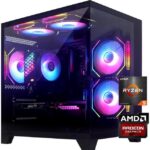
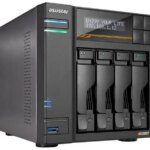 Components & Storage
Components & Storage Software & Services
Software & Services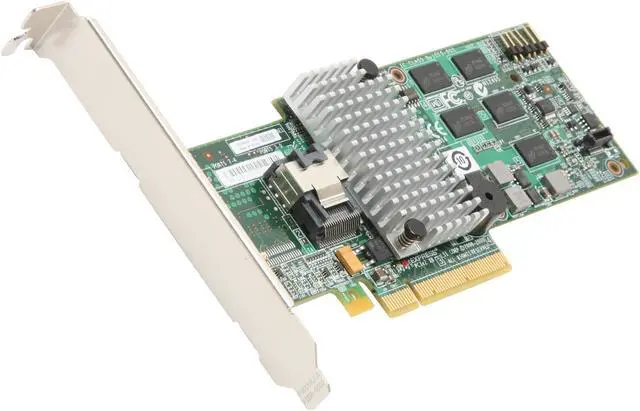

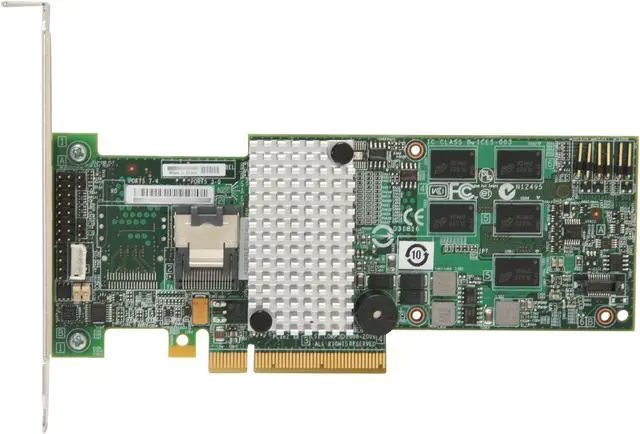
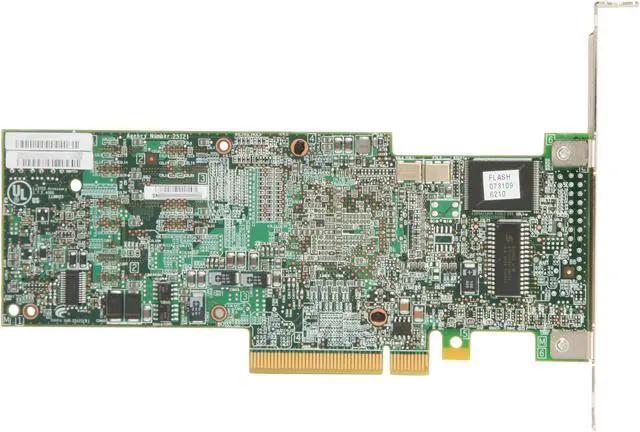
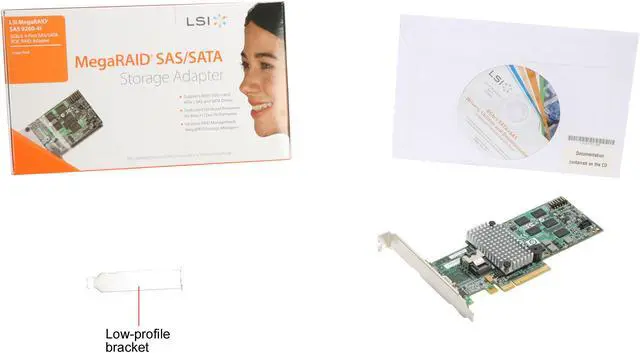


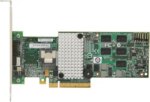
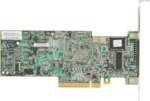

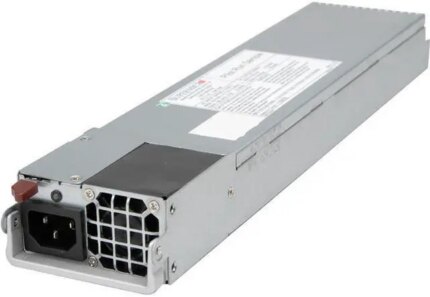
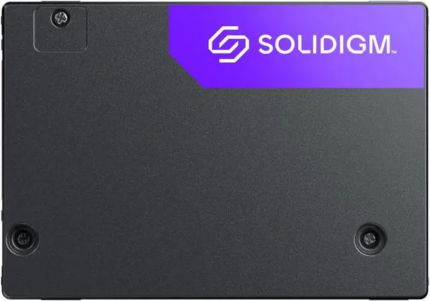
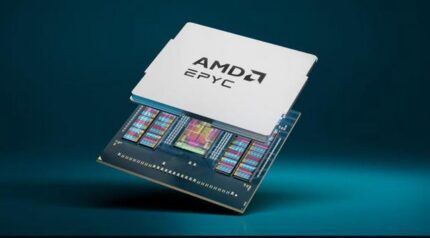
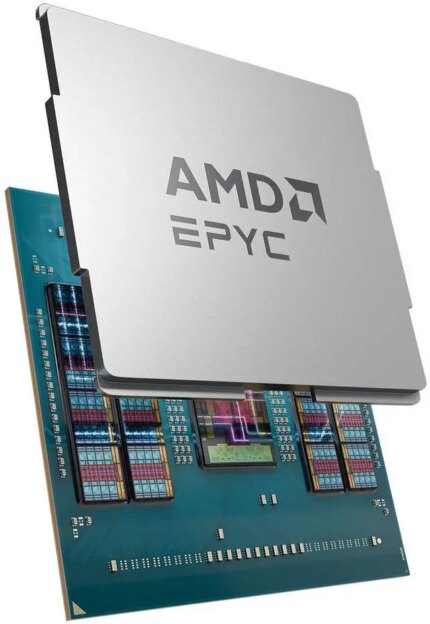
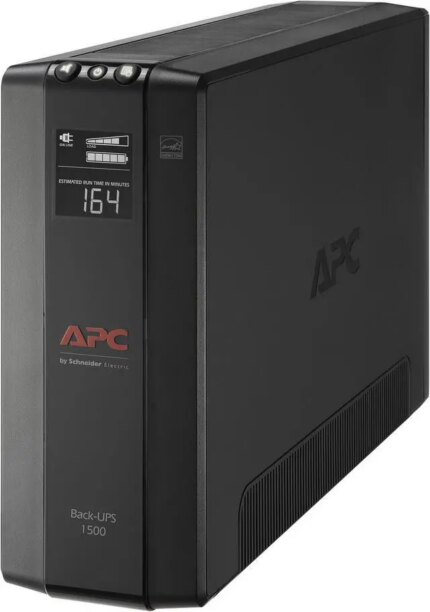
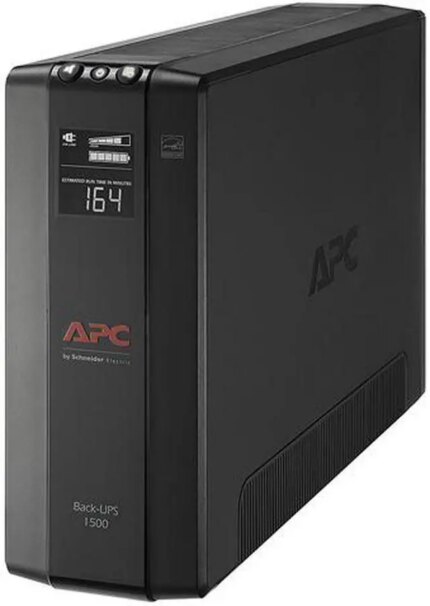
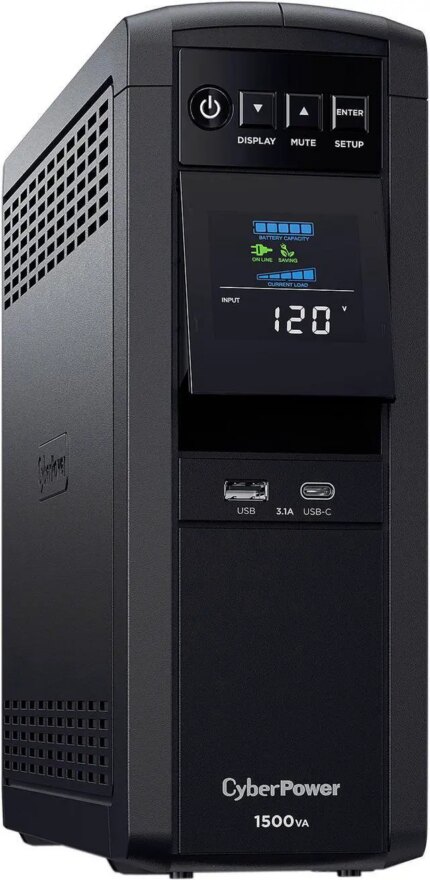
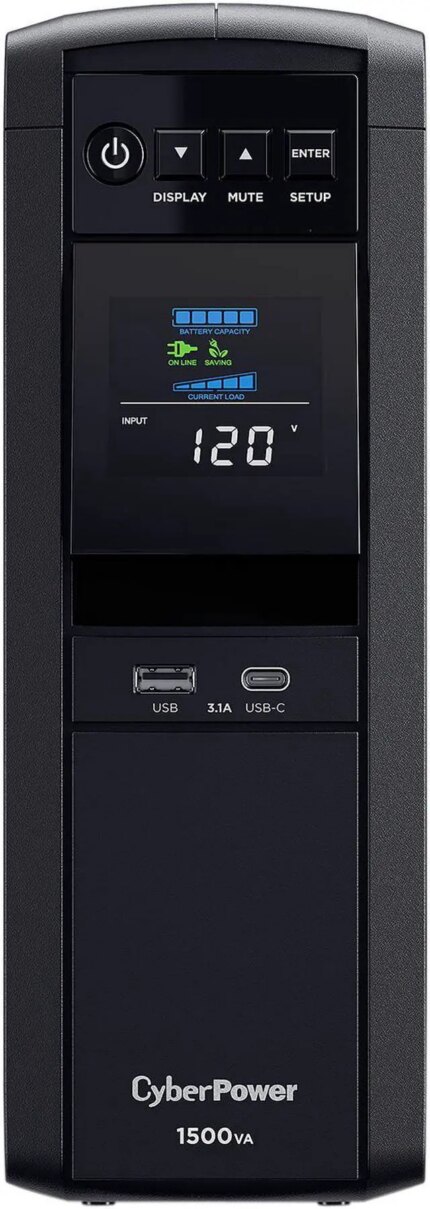
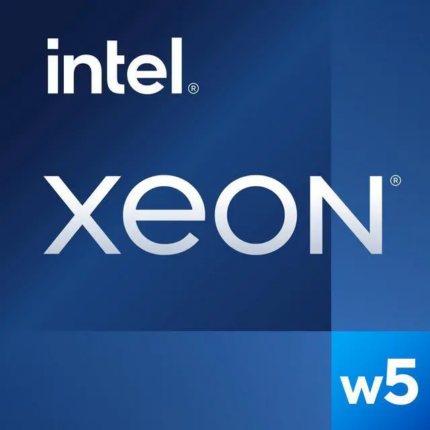
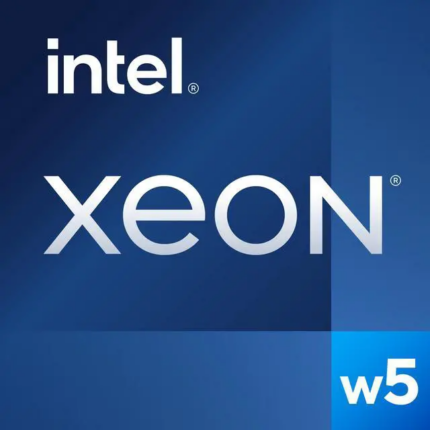
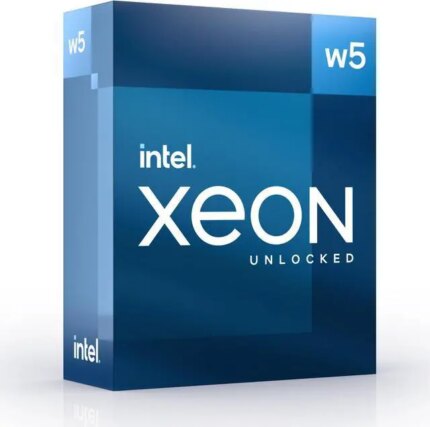
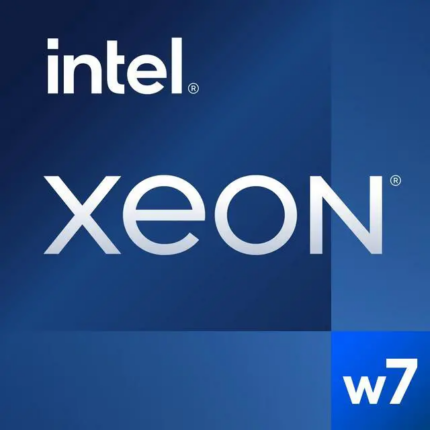
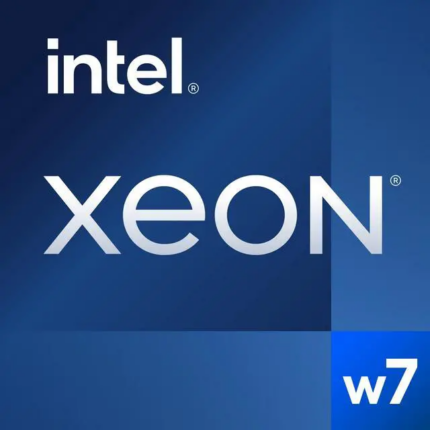
michael o. –
Pros: it actually lets my 4x ocz vertex 30gig ssd drives run at full speed in raid0. finally… Cons: none Overall Review: nice to let my drives finally breathe. over a gig is their norm on this card, as they have room to move. price to performance, LSI did good here. real good. for present gen ssds, this is a sweet spot of a gem. no need to buy a $1,200 card w/2gigs cache to let them loose 😉
Shelton L. –
Pros: Good card with 512MB of cache memory. Cons: The included SAS cable with this kit is 1 x SFF SAS to 4 x SATA cable. If you need to connect to SAS drives, then you will have to purchase a different cable. You need (SFF-8087) SAS/SATA breakout cable, forward, 4x (SFF8482) with power cable to connect to SAS drives. Overall Review: I wish the cable description said more the SAS.
Brian K. –
Pros: Works out of the box with ESXi 5.0.
Raid 10 with 8 drives that typically read/write at 90mb/s is reading and writing around 450mb/s. Fast!
Comes with long cables that take care of your needs.
You can attach your own LED’s to the pins on the card to monitor activity, failures and cache.
Battery available as a separate purchase to keep your write-back cache safe… buy the battery! Without using the write-back cache, your performance will drop significantly… up to 75% from what I’ve read. You can enable write-back without one, but a power outage will drop your cache data. If this is for a lab, maybe you don’t care… but why play with fire? I’d hate to lose my Exchange VM due to the girlfriend plugging in a hair dryer and popping the breaker. Cons: Sometimes difficult to get into the card after Post.
Technical Support wasn’t very knowledgeable when I had questions… but they were responsive.
Most recent drivers (5.34 as of Nov 3, 2011) for VMWare aren’t at the LSI site… you need to go to VMWare’s support page and grab this: http://downloads.vmware.com/d/details/dt_esxi50_lsi_2108_v534/dHRAYnRqZWRiZHAlJQ==
It’s located under “VMware ESXi 5.0 Driver for LSI MegaRAID SAS Controller.” The ESXi 5.0 driver includes LSI MegaRAID SAS driver version 5.34. The LSI MegaRAID driver (megaraid_sas) supports products based on the 2108 and 2208 SAS ROC family. Overall Review: While I may have some gripes, the card is amazing. I wouldn’t consider shopping around for anything else. I just had to do a little extra leg work, but that’s not a big deal.
I’m using this with an ASUS P8Z68-V PRO/GEN3 LGA 1155 Intel Z68 Motherboard. I think that remember people saying that this card has problems with certain mobo’s… while this combo definitely works for me, it does act a little strange sometimes… the difficulty getting into the card after Post is what I’m getting at… I think that has something to do with the Mobo. Obviously, it’s not a big issue since I’ve got it working no problem… and I would imagine that bios updates will fix this issue in the very near future. The mobo is brand new, and I really like it, but it has room to grow.
Adrian B. –
Pros: For the money, it’s fast, well supported, and does what I need it to do. Cons: Worst user interfaces I’ve ever encountered, both WebBIOS and MegaCLI. If you’re not running Windows or Red Hat, you’re pretty well stuck administering it from those two tools, and they are awful.
But my biggest gripe is that you cannot migrate “hybrid” RAID types like RAID 10. This means if you have a RAID 1 running, and want to add a couple more disks to expand it as a RAID 1+0, you’d have to back up all your data, delete your virtual drives, and start over.
Also, drive rebuilds are appallingly slow – migrating a two drive RAID 0 to a 3 drive RAID 5 can take, literally, days. When you’re stuck doing this from WebBIOS, this means your server is offline for days. Luckily we only use this for a development environment (ESXi 5), so we can stomach the downtime and hassle. But I would not accept this in a production environment, unless I was on a super budget or had a lot of redundant systems and could afford to take some down for long periods. Overall Review: If you’re on a tight budget and don’t mind some quirks or limitations, this will get the job done. If you’ve been spoiled working with equipment like HP SmartArrays or enterprise class SANs, you will be frustrated by it.
Anonymous –
Pros: – really fast card, even when your array is full
– SATA 6.0Gb on every port. Not that fake half speed Marvel Yukon Sata6Gb either.
– works with some enthusiast boards, like my Asus P6X58 Premium… if you’re really careful. read below.
– bootable with multiple arrays
– great knowledgeable phone support. (never tried online support) Cons: – tricky to configure without QVL server motherboard
– even trickier to boot off without QVL server board. see other thoughts.
– HOT! why is there no fan? what is wrong with you guys? Had to buy PCI card slot fan to use in normal, home, non-server room environment.
– no way to do background spinup of drives on boot, makes computer boot take a lot longer because it waits to spin up all the drives and checks all arrays before starting to load windows.
– don’t try to sneak a bunch of junk non-enterprise drives past this card. It’s not a drobo, it needs the predictable smart reporting status and firmware of good solid enterprise drives. This won’t just save you from pulling a “failed” Caviar Green once every 2 weeks, but will force you to purchase for maximum performance. Overall Review: The problem I see people struggling with in the reviews for this card is option rom. Gamer motherboards don’t have as much option rom as server motherboards. This card must require a lot of it. So you have to be very patient during config.
In order to boot off the card, you need to access the bios level config screen for the card. Not having enough option rom causes the motherboard to ignore this request.
I had to remove ALL onboard SATA devices and turn off extraneous devices in the BIOS (extra LAN, terrible Marvel controller, stuff like that), including SATA DVD drive. that got me to the Bios level config, was able to stripe a Kingston HyperX 240Gb SSD, and set it as bootable, next to my 6x 2TB WD RE4 raid6 array.
Once you’re done in the BIOS, you can hook up your other devices and manage all other features from LSI Megaraid Windows software.
Turn off S1 & S3 sleep. If you let your mobo sleep with this card, it will appear stone cold until you pull CMOS battery
Brad H. –
Pros: Audible Alert is awesome, and FRIGGIN LOUD. It went off on me, and woke up my entire house, one of my room mates thought it was a smoke alarm going off.
It just works.
I set up a RAID 5 array using the web bios in about 10 minutes.
I love the fact this comes with all the cables you need.
decent rebuild time, a 6TB RAID 5, with 4TB of data on it, took around 8 hours to fully rebuild. Cons: no JBOD support
I understand from a high level controller like this, nobody would really use it, but I have at least liked to see this as an option. A workaround is to create each drive as a separate single disk RAID 0. Overall Review: I noticed the firmware on the drives in my array was out of date. (The firmware versions are listed at startup)
So I went to the seagate website and downloaded the firmware updater. Luckily for me I only updated the firmware of one of my drives. I wanted to see if it work before updating the rest of my drives.
Upon reboot, the audible alarm went off, and signaled that my RAID 5 array was in a degraded state. The controller then rebuilt the array automatically…which is nice.
But I can’t believe a simple firmware update would cause the controller to think a drive had died.
Erik D. –
Pros: * Amazing customer service — everyone had thought my RAID was dead forever, with terabytes of lost data, but LSI calmly walked me through diagnosis and got my RAID back to an online state, which let me recover all of my data!
* Great performance even with complex encoding like RAID6 over 8 drives (when battery backup is online — slow writes otherwise).
* Worked reliably over 2 years. Cons: * Battery backup didn’t last very long (~2 years), so had to replace, which wasn’t terribly cheap.
Anonymous –
Pros: – Fantastic performance with HDDs
– Can force write back without a BBU
– MegaRAID software is nice Cons: – Getting suboptimal performance with SSDs in RAID (see other thoughts)
– Really could use a fan on the heatsink, especially with BBU present
– BBU costs a pretty penny Overall Review: The card is very nice and gets the job done. I’ve got it installed on an ASRock Z77 mobo with a 3770K and running Windows HP right now.
At the moment this is mostly for testing this card to deploy 9266s and possibly 927X’s in builds I do on the X99 chipset.
I’ve also got an LSI BBU08.
RAIDs:
1 RAID5 with 4 x 1TB Seagate Barracuda ($50/ea) HDDs
– write back with BBU
– No disk cache enabled
– Getting just over 600MB/s read & write with both benchmarking (Crystaldisk, 4GB x 5) and with real world large (4GB+ ISOs) between this array and SSDs. So 10/10 on this one and couldn’t be happier!
1 x RAID0 with 2 x 120GB Samsung EVO 850s (non pro) rated at over 500MB/s read and write
– Tried with both write back and Write through
– Disk cache enabled (this helped performance of the array)
– Crystal Disk benching shows around 750MB/s read but only 350MB/s write. ATTO shows WAY higher, like 1000/1000 (which is what I want to see…) but I’m starting to seriously question which one of these tools is more accurate. Either way, real world file xfers indicated I’m getting very good read speeds off the array, However, when writing a large file to it (either from a SATA connected SSD on my mobo, or from another array on the LSI card) speed starts well and after 10-20 seconds dwindles down to 300-350MB/s. I can NOT get it to perform better.
1 x RAID0 with 2 x 120GB Kingston SSD v300s (mind you these have a “custom sandforce controller built by LSI”
– Tried the same settings as w/the above Samusung RAID0 and seeing the same issue with writes.
– Even when transferring large files between this RAID0 and the Samsung RAID0 on the same card, and vice versa, I see the same write behavior on both.
I did try 3 x 850 EVOs in a RAID-5 also, same thing, no matter what combo of settings I tried on the array.
So, I’m left a little troubled as I don’t get why SSD arrays don’t appear to perform well here, except with ATTO (2GB with a queue depth of 10).
For HDD RAIDs though, I’d recommend this to everyone for sure. The MegaRAID app is nice as well and it takes all of 1 minute to configure an array.
Initialization on my RAID 5 w/4 1TB drives took all of 2 hours (would have taken about 12+ hrs using on board RAID w/an X79 chipset, based on multiple experiences). I also tested a rebuild of a drive in that array, only took 2 hours, which is great. It (expectedly) killed the write speeds on the array down to <200MB/s during the rebuild.
Grab the BBU, but shop around for it (sorry newegg…). You can force write back on your array even without the BBU but you'd be stupid to do so.
The chip does run hot as you'll hear from many other reviewers. Mine hasn't got to a level of "too much" concern but I'm putting a fan on it anyway. When you install a BBU the manual even says the max temps you should be allowing are lowered by like 10+ degrees C, so be careful there.